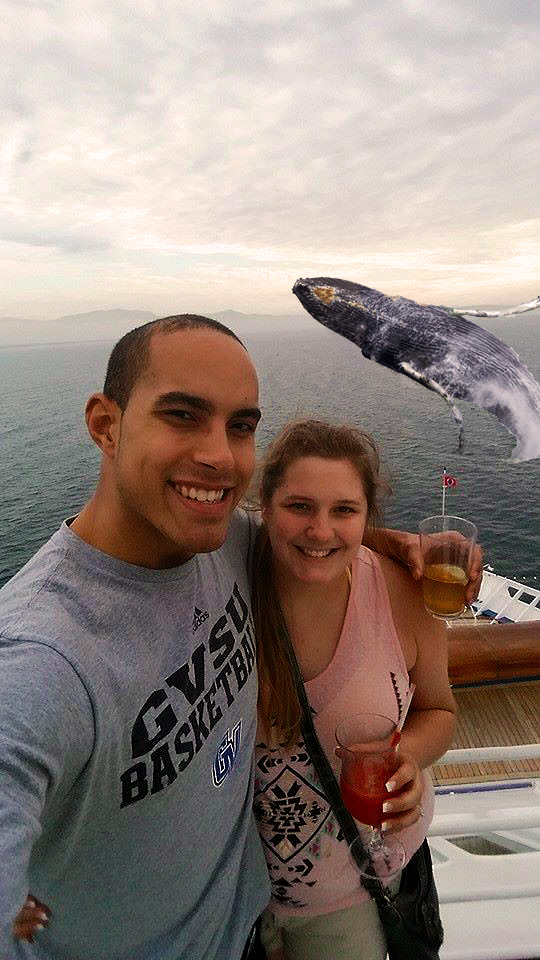A huge component and responsibility of public relations is to maintain a good and positive image for a company. That can be a very difficult task to tackle especially when a crisis occurs. A public relations expert needs to be able to remain calm and think on his or her feet during these times in order to handle the situation professionally and correctly. They also need to be aware of the Public Relation’s conflict management model, which can be used to effectively handle a public relation’s crisis.
An example of a public relation’s crisis that is widely known by many is the Johnson & Johnson Tylenol crisis, which turned out to be a fatal one. In the fall of 1982, Tylenol capsules were laced with cyanide, which killed seven people near Chicago (Jaques, 2009, p. 3). The news of the deaths caused an uproar of panic. At the time, “Johnson & Johnson’s Tylenol medication commanded 35 per cent of the US over-the-counter analgesic market – representing something like 15 percent of the company’s profits. By the end of the episode, everyone knew that Tylenol was associated with the scare. The company’s market value fell by $1bn as a result” (Johnson, para. 5). To handle this crisis appropriately, Johnson & Johnson’s public relation’s team needed to act fast to protect their company’s image. The way they handled the crisis will be analyzed using the Public Relation’s conflict management model, which consists of four phases.
The first phase is the proactive phase. During this phase, Johnson & Johnson created a basic plan to prevent this crisis from getting out of control. The first thing they did was set up toll-free numbers managed by their employees, sent messages to medical offices, and stopped all Tylenol advertising (“Crisis”, 2012, para. 5). Their first concern was the health of their consumers. They acted fast and promptly in order to maintain control of the crisis.
The second phase is the strategic phase. During this phase, Johnson & Johnson created a specific crisis plan and communicated with the public about what was happening. This plan involved recalling “32 million bottles of Tylenol capsules from store shelves” (“Crisis”, 2012. para. 6). This action helped maintain the company’s image greatly. Jacques stated, “one of the actions for which Johnson and Johnson received most praise was its nationwide recall of Tylenol capsules, despite the fact that the cyanide deaths were confined to the Chicago area, and that it had no legal requirement to do so” (Jaques, 2009, p. 4).
The third phase is the reactive phase. During this phase, Johnson & Johnson corrected the issue and apologized for it happening in the first phase. After recalling the capsules, Johnson & Johnson investigated the crisis and searched for the person who started it. They worked with the Chicago Police Department, FDA, and FBI to find the person responsible for the deaths (“Crisis”, 2012, para. 7). Though they never found the suspect, “the company was widely acclaimed for its prompt voluntary recall and its commitment to openness with the public and the news media” (Jaques, 2009, p. 3).
The last phase is the recovery phase. During this phase, Johnson & Johnson did damage control to help the company flourish again. A few months after the Tylenol crisis, Johnson & Johnson, “distributed over 40 million $2.50 coupons (enough to purchase a good-size bottle) to compensate customers who threw away Tylenol during the scare. They also created a new pricing program that saved consumers up to 25%” (“Crisis”, 2012, para. 8). Their goal was to make amends with those who were affected during this crisis in some way. In doing so, their sales eventually increased again.
In my opinion, I believe that Johnson & Johnson’s public relation team handled the situation very well. They were honest, quick to react, professional, and effective. If I was a part of their public relation’s team during this time, I would have acted similarly. The crisis occurred, Johnson & Johnson’s sales plummeted, they handled the situation well, and then eventually their sales increased, which is a major accomplishment after a crisis like theirs, in my opinion.
References
5 Crisis Management Truths from the Tylenol Murders. (2012, October 4). In MissionMode. Retrieved from http://www.missionmode.com/blog/5-crisis-management-truths-from-the-tylenol-murders/
Jaques, T. (2009). Learning from Past Crises – Do Iconic Cases Help or Hinder? Public Relations Journal, 3(1). doi:10.1.1.187.694
Johnson & Johnson and Tylenol. (n.d.). In Mallenbaker.net Corporate Social Responsibility. Retrieved from http://www.mallenbaker.net/csr/crisis02.php





